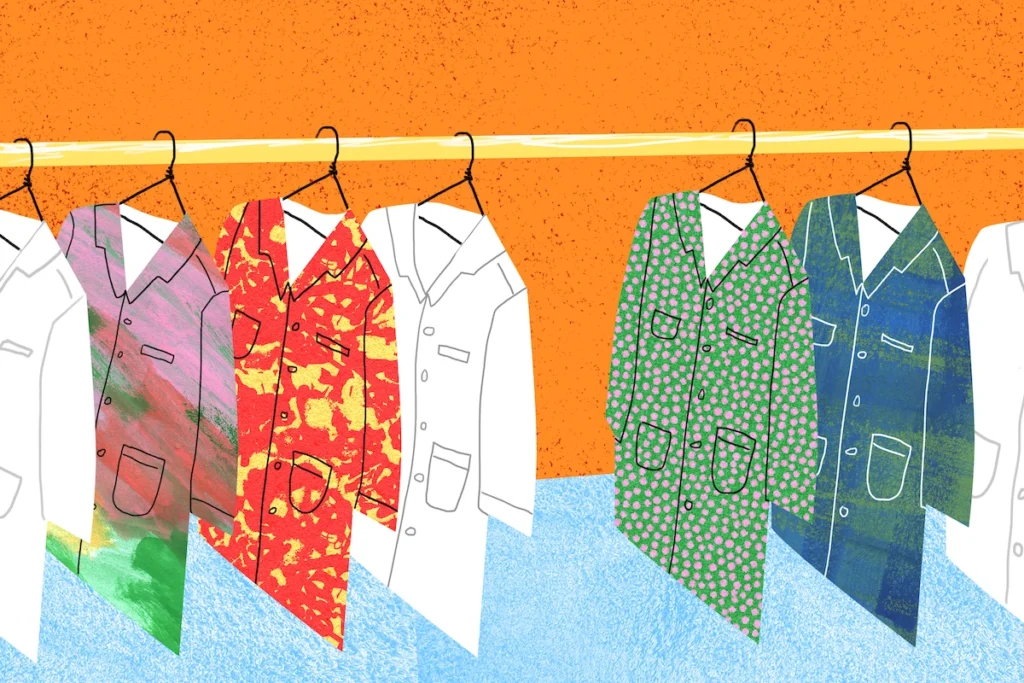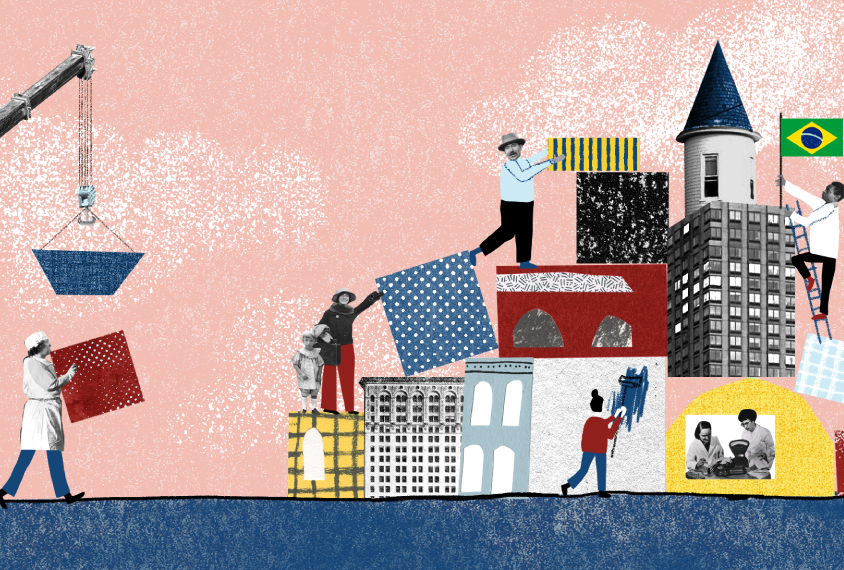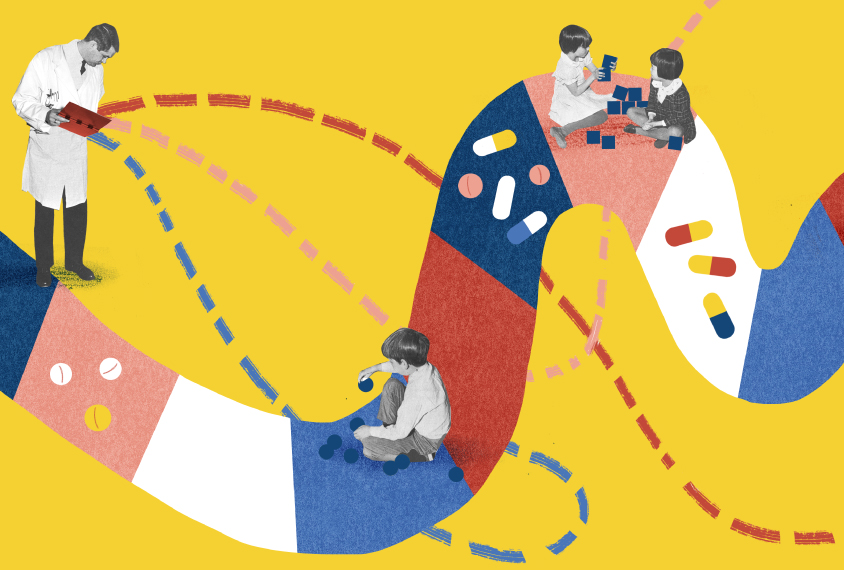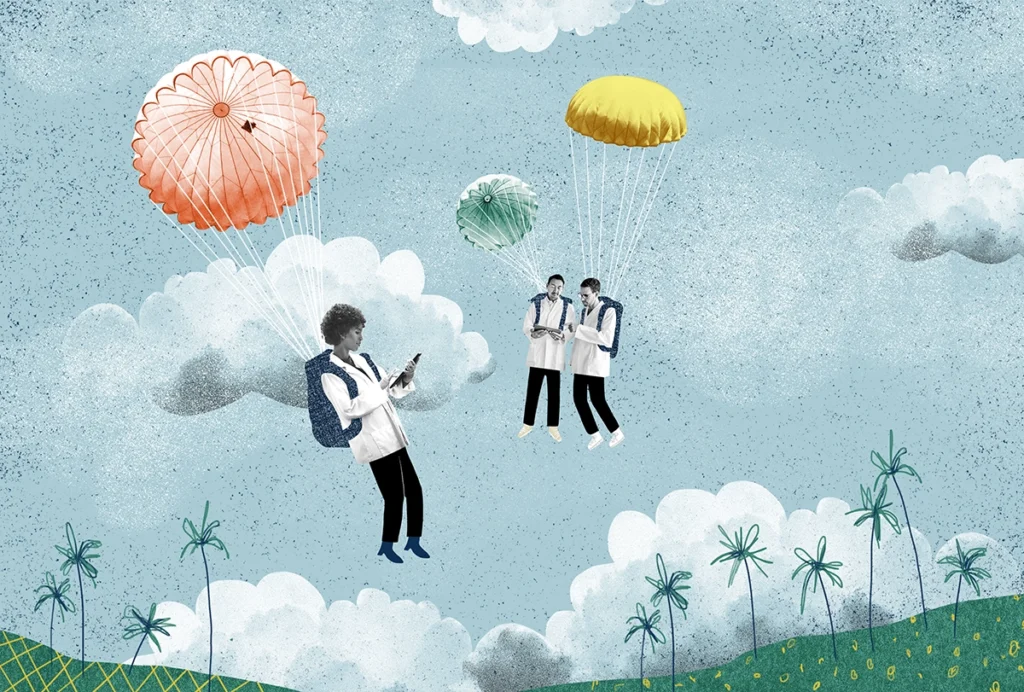Natalie Nelson
Illustrator
From this contributor
The perils of parachute research
Scientists who study autism in lower-income countries are working to end practices that exploit or ignore collaborators and communities on the ground.
On fashion in neuroscience: In defense of freezing behavior
Neuroscience experiments are moving toward the analysis of more complex behaviors, enabled by increasingly sophisticated tools. But we shouldn’t abandon simpler paradigms.

On fashion in neuroscience: In defense of freezing behavior
How to plan policies that support the autism community in Brazil: Lessons from a U.S. experience
Brazil could learn from the challenges and successes of other nations to become a leader in planning for the needs of autistic people.

How to plan policies that support the autism community in Brazil: Lessons from a U.S. experience
Factors other than autism traits guide therapies for autistic children
Most autistic children in the Netherlands have used some sort of treatment, but the number, type and timing varies depending on considerations unrelated to their condition.

Factors other than autism traits guide therapies for autistic children
‘Tainted kids,’ other odd phrases cropping up in autism studies
The “tortured phrases” — strangely worded paraphrases of established terms — may be the work of software that attempts to disguise plagiarism.

‘Tainted kids,’ other odd phrases cropping up in autism studies
Explore more from The Transmitter
Exclusive: Springer Nature retracts, removes nearly 40 publications that trained neural networks on ‘bonkers’ dataset
The dataset contains images of children’s faces downloaded from websites about autism, which sparked concerns at Springer Nature about consent and reliability.

Exclusive: Springer Nature retracts, removes nearly 40 publications that trained neural networks on ‘bonkers’ dataset
The dataset contains images of children’s faces downloaded from websites about autism, which sparked concerns at Springer Nature about consent and reliability.
Seeing the world as animals do: How to leverage generative AI for ecological neuroscience
Generative artificial intelligence will offer a new way to see, simulate and hypothesize about how animals experience their worlds. In doing so, it could help bridge the long-standing gap between neural function and behavior.

Seeing the world as animals do: How to leverage generative AI for ecological neuroscience
Generative artificial intelligence will offer a new way to see, simulate and hypothesize about how animals experience their worlds. In doing so, it could help bridge the long-standing gap between neural function and behavior.
Psilocybin rewires specific mouse cortical networks in lasting ways
Neuronal activity induced by the psychedelic drug strengthens inputs from sensory brain areas and weakens cortico-cortical recurrent loops.
Psilocybin rewires specific mouse cortical networks in lasting ways
Neuronal activity induced by the psychedelic drug strengthens inputs from sensory brain areas and weakens cortico-cortical recurrent loops.
